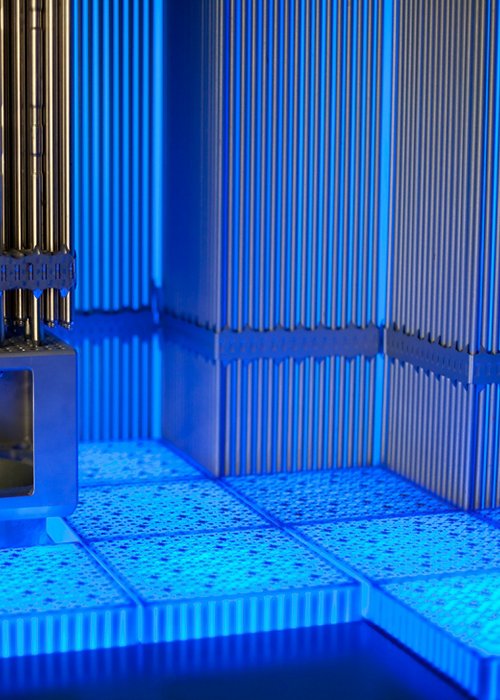The atom is the smallest part of each element found in nature which preserves its chemical properties; for a long time, it was considered to be indivisible (from the Greek word ατομος, atomos, that which cannot be cut). In reality, it is made up of a nucleus (formed by protons and neutrons) surrounded by electrons able to promote chemical reactions that can produce energy.

